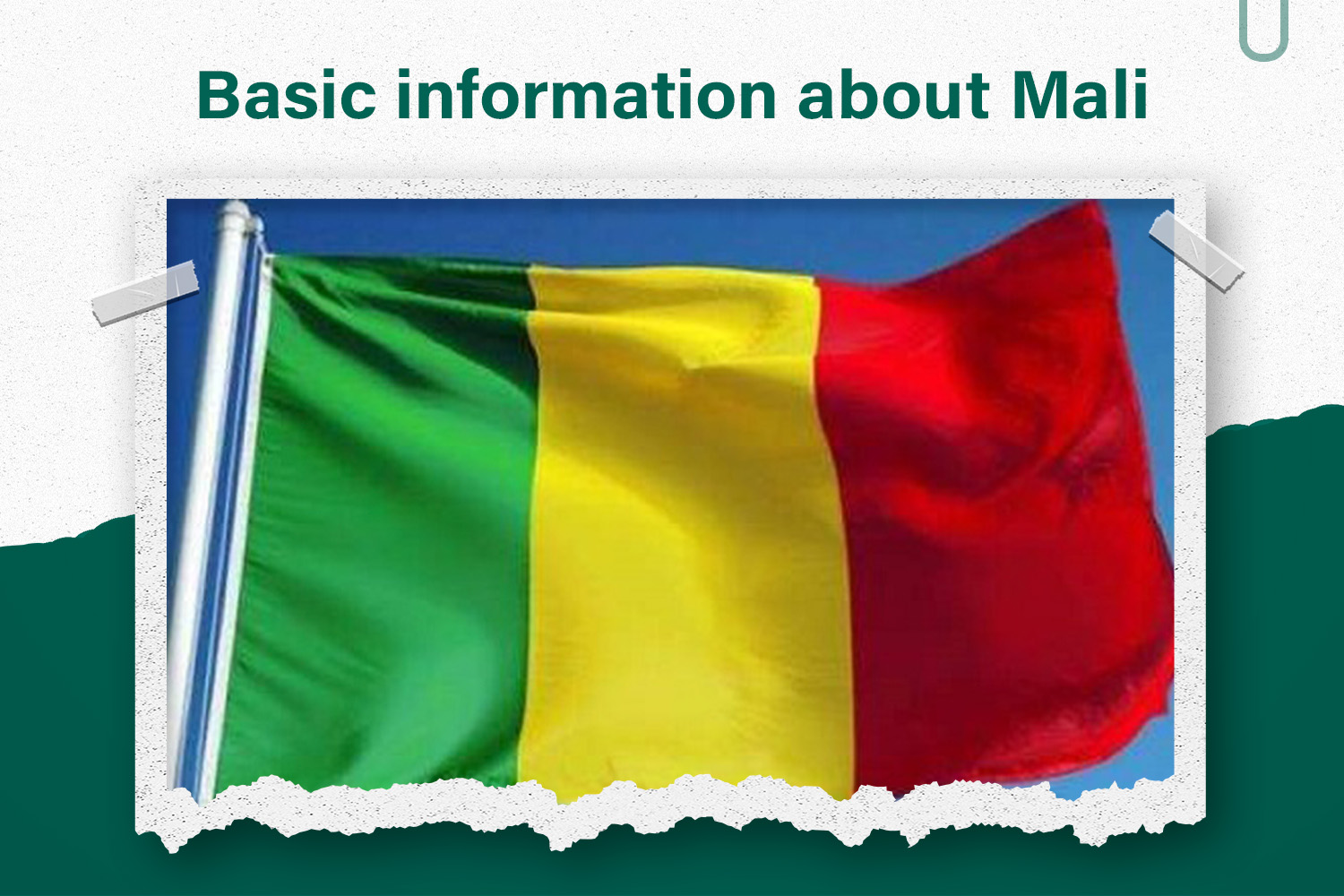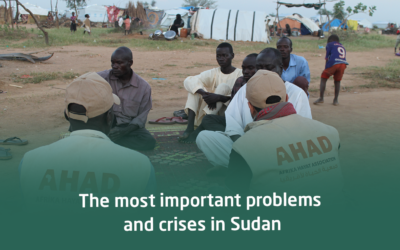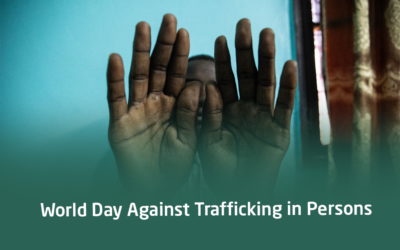Mali is located in West Africa and is bordered by countries on all sides. It is bordered by Algeria to the Northeast, Niger to the East, Burkina Faso and Senegal to the West, Guinea and Ivory Coast to the South. Its area extends to about 1.2 million square kilometers, which makes it one of the largest countries in Africa in terms of area

information about Mali
Ahad Society of Mali
The Ahad was founded in Mali with the aim of achieving positive change in people’s lives and promoting sustainable development. The association works to provide support and assistance to the most vulnerable and disadvantaged groups in society, through the implementation of various projects and programs.
AHAD focuses on several key areas including education, health and Community Development. The association seeks to improve the quality of education and provide learning opportunities for children and youth, by building and equipping schools and providing the necessary educational materials.
In addition, AHAD works to provide basic health care and disease prevention to underprivileged communities. The association organizes medical campaigns, distributes medicines, provides training and health awareness to the population.
The association also promotes community development by providing employment opportunities, supporting small enterprises and local economic initiatives. AHAD aims to empower individuals, enhance their economic capabilities and achieve financial independence.
Thanks to its efforts and strong commitment, the Ahad Association in Mali is a leader in the field of social action and sustainable development. The association contributes to building a better future for local communities and improving the quality of life of people through the implementation of projects of a humanitarian and developmental nature.
Mali’s history and heritage
Mali has a rich history and a unique heritage. The kingdom of Mali was one of the greatest kingdoms in ancient Africa, as it was the center of trade and civilization in the region. The famous lamp statue was discovered in the city of nenau, it is considered one of the outstanding archaeological works of Mali. The Malian heritage retains many unique cultural traditions and traditional arts that reflect its rich and diverse heritage.
Mali is one of the beautiful and interesting African countries, and it deserves to be your next travel destination.
Geographical and natural environment of Mali
Mali’s topography and natural sites
Mali is distinguished by its diverse topography and diverse natural distribution. A large part of the country consists of extensive steppe landscapes, such as desert plains and savannah plains. There are also hills and mountains in the northern and eastern regions of the country. There is also the Niger River, which runs through the central regions and is an important source of drinking water and agriculture in the region. Mali also contains many lakes and swamps, providing a habitat for diverse wildlife.
Climate and biological environment of Mali
Mali is characterized by a tropical and dry climate in most of its parts, in which hot weather prevails all year round. The northern regions of the country experience hot and dry summers, while the southern regions have rainy summers and warm, dry winters. The country has a variety of flora and fauna adapted to this dry climate, including palms, Savanna trees and migratory animals such as elephants and giraffes.
With its diverse and beautiful nature, Mali offers a unique environment for visitors to explore and enjoy.
Culture and heritage of Mali
Language and religion in Mali
Mali has a rich cultural diversity, manifested in language and religion. The official language of Mali is French, which is used in the official government and in communication with international bodies. However, many residents speak local African languages, such as Bambara, Susu, Muri and Tamasheq. This linguistic diversity reflects the deep cultural diversity of the country.
Islam is considered the main religion in Mali, as it is professed by the majority of the population. The population practices Islam with devotion and reverence, mosques are major centers of worship and social gathering. Besides Islam, there are also traditional and Christian practices and beliefs that are widespread in some regions.
Cultural manifestations and traditional arts of Mali
Mali has a rich and diverse cultural heritage dating back many centuries. Folk music, dance and plastic arts are the most prominent cultural manifestations in the country. The plastic art of Mali is characterized by bright colors and fine details, it reflects historical stories and the antiquity of the Malian heritage.
Traditional music in Mali is one of the most beautiful and enjoyable forms of cultural expression. Malian artists offer a wide variety of local musical instruments, such as the Kora, balafon, Ngoni and Jambi. The music festival of Mali, held annually in the city of Timbuktu, is one of the most prominent on the African continent.
These cultural manifestations and traditional arts are an integral part of Mali’s rich and unique heritage, which reflects the identity of the Malian people and their creative spirit.
Economy and natural resources of Mali
The main economic sectors of Mali
Mali’s economy is based on several main sectors. The agriculture sector is one of the most important of these, as it occupies a large percentage of employment and contributes significantly to GDP. A lot of crops are grown in Mali, such as rice, cotton, cocoa, corn and cabbage. In addition to agriculture, the financial economy includes other sectors such as mining, concessions, financial services and tourism.
Natural resources and trade in Mali
Mali has rich and diverse natural resources that form an important part of its economy. These resources include minerals such as gold, uranium, phosphate and iron. Gold, in particular, is one of the most important natural resources in Mali and contributes significantly to exports and revenues. In addition, Mali also has other natural resources such as oil, natural gas and groundwater. Trade is also an important part of Mali’s economy, with the kingdom exporting agricultural crops and mining products and importing goods for local consumption.
This information highlights the importance of the economy and natural resources in Mali and explains the main sectors that contribute to economic growth and financial stability.
Government and politics of Mali
The political system of Mali
The Republic Of Mali is a democratic system, as it has a central government consisting of three main branches: the executive branch, whose functions are assumed by the president of the Republic, the legislative branch, of which the parliament is a part, and the judicial branch, which administers justice in the country. The president of the Republic and members of Parliament are elected by the people.
Current political challenges and economic problems in Mali
Mali is currently facing political and economic challenges. The country is experiencing internal rebellions and terrorist attacks, and armed groups are active in some areas. These challenges affect the stability of the government and hinder economic development. In addition, Mali also faces economic problems such as poverty, unemployment and development challenges.
This information sheds light on the political system in Mali and the political challenges and economic problems that the country is currently facing. It is important that the government work to restore internal security and improve the economic life of citizens.
Important events in the history of Mali
Important developments in the history of Mali
The Republic Of Mali is one of the countries with a rich and important history. Mali has witnessed many important developments throughout the ages. In the Middle Ages, the Mali Kingdoms dominated the region and flourished in trade and culture. Mali occupied a leading position in the world of Sciences and arts during this period.
In the 19th century, Mali was colonized by the French and the colonial regime prevailed until the restoration of independence in 1960. Since then, Mali has experienced significant shifts in political and economic events.
Among these developments, was the Malian revolution in 1991 which led to the fall of military rule and the establishment of a new democratic regime. In recent years, Mali has experienced significant challenges in the area of internal security due to rebellions and terrorist attacks.
Understanding Mali’s important history helps us understand the developments and challenges it faces today. We hope that Mali will overcome these challenges and achieve political and economic stability for the benefit of all its citizens.
also read:




